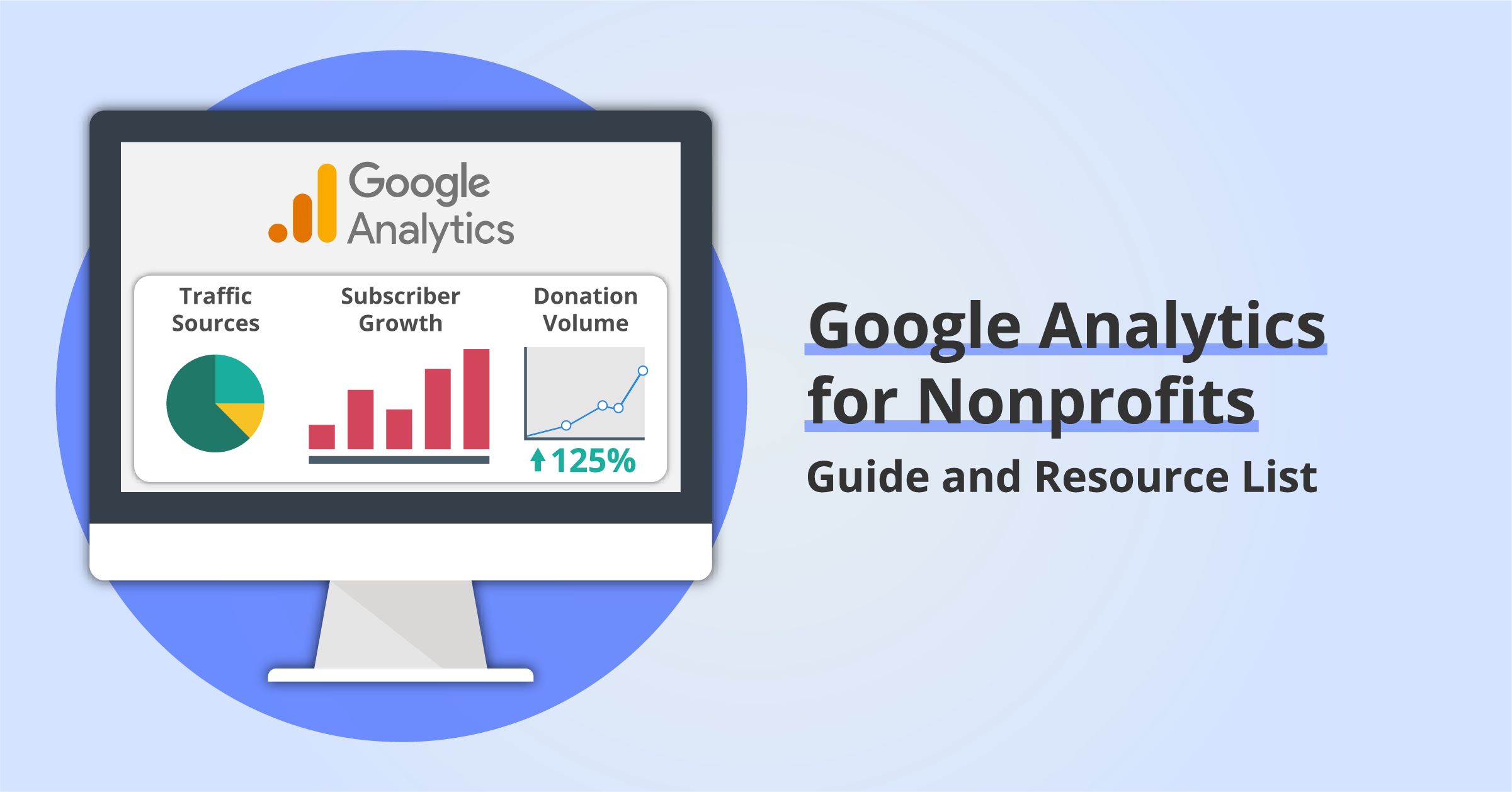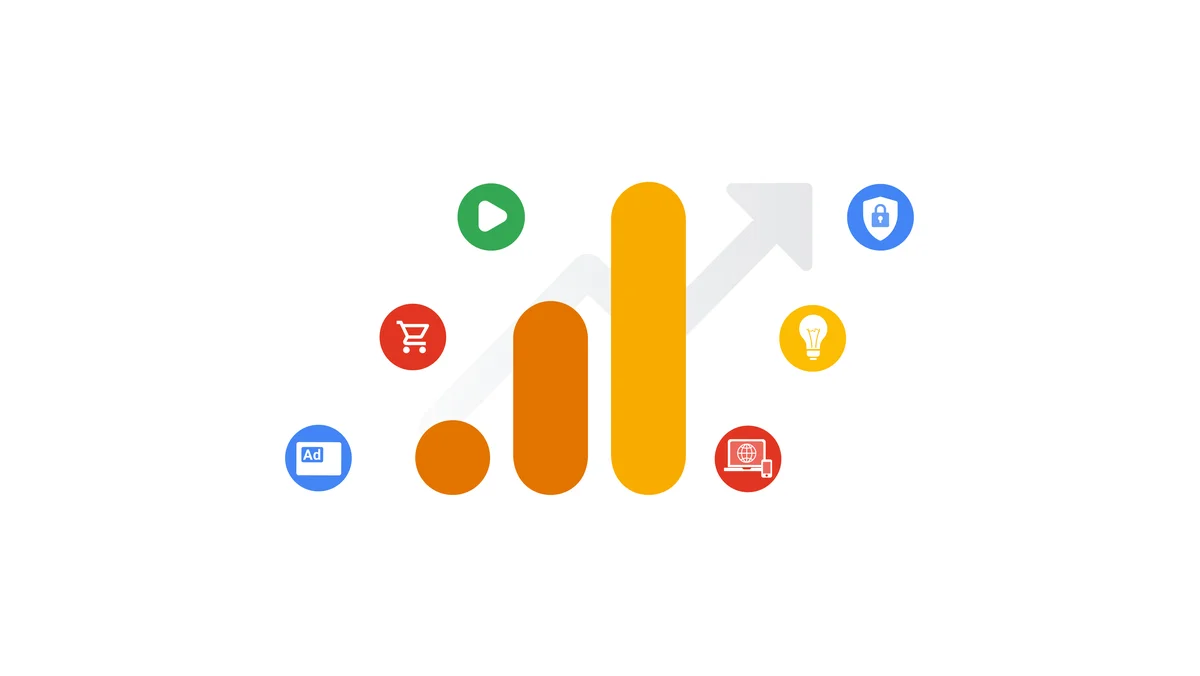What is a "Dimension" in Google Analytics? Everything You Required to Know for Effective Usage
What is a "Dimension" in Google Analytics? Everything You Required to Know for Effective Usage
Blog Article
Transform Your Information Evaluation With Professional Tips on Google Analytics Capacities
Enhancing your information analysis capabilities via Google Analytics measurements can be a game-changer in deciphering the details of individual interactions and on-line website traffic. By tactically leveraging these dimensions, you can obtain useful understandings that lead the way for informed decision-making. The complex internet of information points waiting to be discovered holds the key to unlocking a bonanza of information that might transform your understanding of electronic efficiency. With expert ideas and techniques in harnessing Google Analytics dimensions, a globe of untapped potential beckons, assuring a deeper understanding of your on-line community.
Understanding Google Analytics Dimensions
Google Analytics Dimensions play a vital duty in offering important understandings right into the efficiency of a website or online platform. Dimensions are qualities of data that permit you to sector and organize your analytics data.
Dimensions classify information right into different groups, such as website traffic resources, customer demographics, habits, and innovation utilized. This segmentation enables businesses to recognize patterns, fads, and possibilities for optimization. Comprehending the various measurements readily available in Google Analytics is crucial for interpreting information properly and making informed decisions to boost internet site efficiency and user experience.
Picking the Right Capacities
Picking the ideal dimensions in your Google Analytics setup is a critical element in efficiently analyzing and analyzing data. Measurements in Google Analytics refer to the attributes of your information, such as source, tool, device kind, or geographic area. When selecting measurements, consider what certain understandings you aim to gain from your data analysis.

It is necessary to select measurements that align with your service objectives and the concerns you look for to respond to. By picking the best measurements, you can enhance the deepness and accuracy of your data evaluation, bring about more enlightened decision-making and workable understandings.
Making Use Of Custom Dimensions Successfully
When intending to dive much deeper right into specific data points beyond the conventional measurements given by default in Google Analytics, making use of custom dimensions can offer a tailored approach to tracking and evaluating special metrics. Custom-made dimensions allow you to define and gather information that matters most to your service, giving an extra thorough sight of customer communications and actions on your web site. By producing custom-made measurements, you can section and evaluate data based on criteria details to your organization objectives, such as client demographics, content interactions, or marketing project efficiency. This degree of personalization enables you to gain understandings that typical measurements may not capture, leading to more enlightened decision-making procedures and targeted optimization strategies. To efficiently utilize customized measurements, it is vital to plan and apply them attentively, ensuring they align with your goals and data evaluation needs. Frequently examining and fine-tuning your customized dimensions based on changing business requirements is vital to taking full advantage of the value they give your Google Analytics information analysis initiatives.

Advanced Techniques for Measurement Evaluation
For extensive information evaluation and gaining important understandings from your Google Analytics records, grasping advanced techniques for measurement analysis is vital. Advanced methods for measurement evaluation entail diving deeper into the information to reveal even more comprehensive insights. One such strategy is segmenting measurements to develop even more targeted evaluation. By combining multiple dimensions, such as traffic sources and user demographics, you can acquire a much better understanding of exactly how different sections of your audience behave on your site.
One more sophisticated method is using personalized records to assess measurements throughout different metrics. This enables you to compare and contrast how specific dimensions effect different elements of your web site efficiency. Furthermore, leveraging the power of second measurements can supply added context to key measurements, supplying an extra thorough sight of your information.

Improving Information Visualization With Dimensions
To enhance the understanding and interpretation of data accumulated through Google Analytics, improving information visualization with measurements is a strategic strategy. Dimensions in Google Analytics provide detailed attributes of information, making it possible for users to segment and arrange info for more clear insights.
Improving information visualization with dimensions not just streamlines the presentation of data yet likewise aids in making educated choices based on the analysis. Graphes offer a user-friendly and quick means to comprehend vital metrics and performance indicators, helping with communication and partnership within a company. By including dimensions right into data visualization techniques, organizations can unlock the complete possibility of their Google Analytics data and drive data-informed approaches for development and optimization.
Verdict
In verdict, understanding Google Analytics measurements is crucial for unlocking useful understandings and find more enhancing decision-making. By carefully picking measurements straightened with essential efficiency signs, utilizing customized measurements efficiently, and applying sophisticated strategies such as segmentation and second dimensions, you can discover patterns in user behavior and website traffic resources. Improving data visualization with clear representations of searchings for will further assist in interpreting intricate data and driving efficient growth techniques.
When intending to dig deeper into particular information points past the basic measurements supplied by default in Google Analytics, utilizing custom-made measurements can provide a tailored technique to monitoring and examining one-of-a-kind metrics. Furthermore, leveraging the power of second measurements can offer extra context to primary dimensions, providing a much more thorough sight of your data.
To boost the understanding and interpretation of information accumulated with Google Analytics, improving information visualization with dimensions is a tactical approach (what is a “dimension” in google analytics?). By including dimensions into information visualization techniques, services can open the complete potential of their Google Analytics information and drive data-informed strategies for development and optimization
By very carefully choosing measurements straightened with vital efficiency indicators, making use of customized measurements efficiently, and using innovative methods such as division and second measurements, you can discover patterns Web Site in user habits and traffic sources.
Report this page